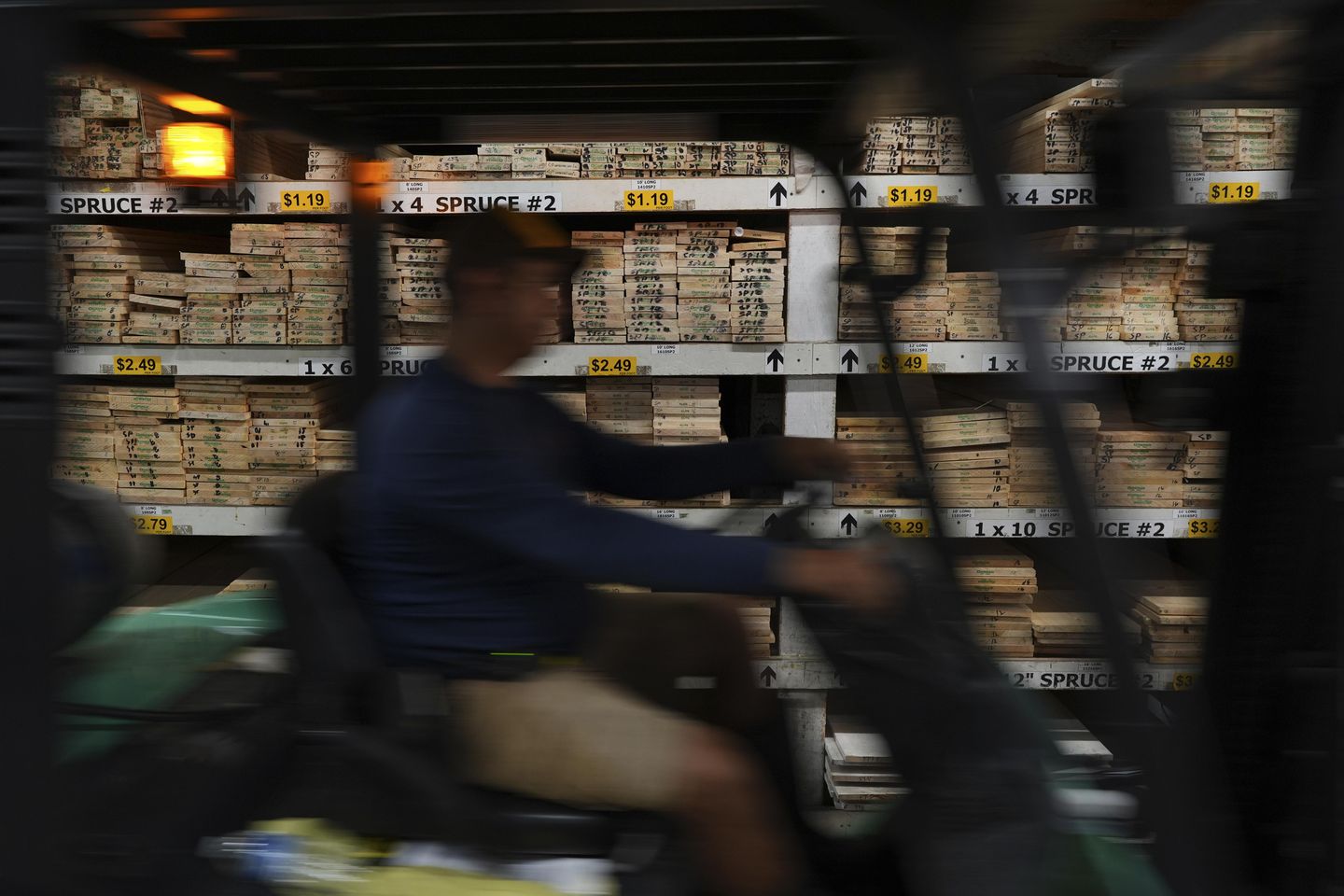
President Trump is making a bold move to reshape America’s timber industry, directing federal agencies to boost domestic lumber production while investigating whether foreign imports pose a national security threat.
The U.S. construction market consumes more than 50 billion board feet of lumber annually, with domestic production currently meeting only 70% of demand. Canada fills most of the gap, supplying roughly a quarter of America’s lumber needs.
“We don’t need their lumber. We don’t need anything that they give,” Mr. Trump declared in March, signaling his determination to reduce foreign dependence.
His executive order instructs the Forest Service and Department of Interior to increase timber sales from public lands, claiming “heavy-handed federal policies” have prevented full use of American timber resources.
Industry experts, however, question the feasibility of such rapid transformation. Pete Stewart, CEO of ResourceWise, points out significant challenges: “The U.S. would have to build 70 new sawmills to make up the difference. A new sawmill costs roughly $250 million to build and takes two years.”
The geographic reality also presents obstacles. While Southern forests from Virginia to eastern Texas grow 30% more trees than local sawmills demand, forests in the Northwest are already harvesting at capacity.
Canadian lumber producers defend their product quality. Kurt Niquidet, president of the B.C. Lumber Trade Council, notes that Canada’s spruce pine fir “doesn’t warp or twist and is ideal for framing homes,” giving it an advantage over American alternatives like Southern Yellow Pine.
At the heart of this dispute lies a long-standing trade disagreement. The U.S. has long accused Canada of unfairly subsidizing timber by charging low fees for cutting from public forests, while American timberlands are mostly privately owned with market-responsive pricing.
The Commerce Department has imposed a 14.5% tariff on Canadian lumber since 2017 and recently published plans to more than double that rate. Trump’s new “Section 232” national security investigation could potentially push tariffs even higher.
The National Association of Home Builders has expressed concern, noting that increased lumber costs could further price Americans out of homeownership — a politically sensitive issue.
Critics question the national security rationale. “We are importing from one of our most friendly allies and neighbors,” Mr. Stewart observed. “How does lumber impact national security? Obviously tangentially, but not really.”
Read more: Into the woods: Trump says U.S. should rely on its own lumber
This article is written with the assistance of generative artificial intelligence based solely on Washington Times original reporting and wire services. For more information, please read our AI policy or contact Ann Wog, Managing Editor for Digital, at awog@washingtontimes.com
The Washington Times AI Ethics Newsroom Committee can be reached at aispotlight@washingtontimes.com.


![NYC Tourist Helicopter Falls into Hudson River, Siemens Executive and Family Among Those Killed [WATCH]](https://www.right2024.com/wp-content/uploads/2025/04/NYC-Tourist-Helicopter-Falls-into-Hudson-River-Siemens-Executive-and-350x250.jpg)






![Green Day’s Cringe Trump Diss Ends in Fire and Evacuation [WATCH]](https://www.right2024.com/wp-content/uploads/2025/04/Green-Days-Cringe-Trump-Diss-Ends-in-Fire-and-Evacuation-350x250.jpg)
![Red Sox Fan Makes the ‘Catch of the Day’ with Unconventional ‘Glove’ [WATCH]](https://www.right2024.com/wp-content/uploads/2025/04/Red-Sox-Fan-Makes-the-‘Catch-of-the-Day-with-350x250.jpg)






